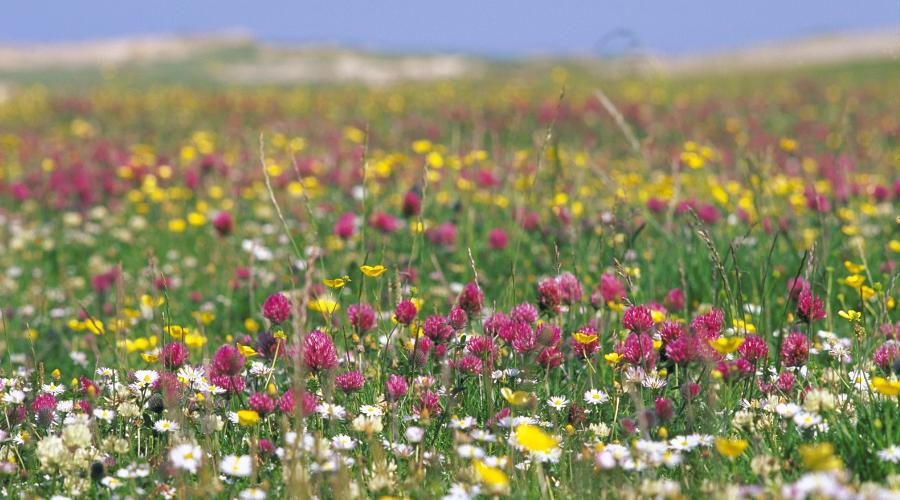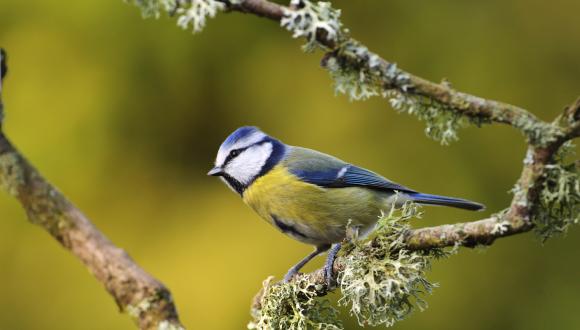
Biodiversity successes as virtual COP15 gets underway
11 October 2021
Progress has been made in tackling nature loss in Scotland but there is much more to be done.
A virtual meeting of the UN Biodiversity Conference (COP15) gets underway today, ahead of the in-person conference in Kunming, China, next April.
Governments from around the world are continuing to negotiate upon a new set of goals for nature over the next decade.
The Scottish Biodiversity Strategy: a Route Map to 2020 set out a programme of actions to make Scotland a better place for biodiversity and people by 2020.
Key successes Scotland has already achieved include:
- 37% of Scotland’s seas designated as part of the Scottish Marine Protected Area network.
- More than over 25,000 hectares of peatland on the road to restoration, with a Scottish Government commitment of £250 million over ten years to restore 250,000 hectares of degraded peat by 2030.
- Conservation of priority species, including the endangered freshwater pearl mussel populations through the Pearls in Peril project and Biodiversity Challenge Fund.
- Supporting 40.6 million cycling trips and 104.5 million walking trips across Scotland’s network of paths and cycle routes, helping to take 19.5 million car trips off the road and saving 7.1 million kg of CO2e.
- Scotland leading the way as the first country in the world to publish a Natural Capital Asset Index.
- More than 100 schools in disadvantaged areas having access to quality greenspace for outdoor learning.
Biodiversity Minister Lorna Slater said: “The twin crises of climate breakdown and the destruction of the natural environment are interlinked and must be tackled together. Restoring our natural environment both addresses biodiversity loss and reduces emissions, and is also a key element in our climate change adaptation plans.
“That’s why, through our leadership of the Edinburgh process, we are working to build commitment among devolved bodies and administrations to raise the ambition at COP15, in line with our own goal to halt the ongoing loss of nature by 2030 and make significant progress to restoring nature by 2045.
“Within a year of COP15 we will publish a new biodiversity strategy followed by an underpinning 5 year delivery plan, which will help guide the way we use and manage land and our approach to protecting habitats and ecosystems.
“This is supported by an additional £500 million investment in our natural economy to help tackle the biodiversity crisis, the designation of at least 10% of Scotland’s seas as highly protected, and a new Natural Environment Bill which will contain targets for nature restoration covering land and sea.”
NatureScot Chief Executive Francesca Osowska said: “As the virtual COP15 gets underway it’s worth pausing to recognise the progress we have made in Scotland over the last decade, including peatland restoration, marine protection, species conservation and connecting people with nature.
“However as we look towards 2030 and the new global targets we know that we are facing a huge challenge in the twin crises of nature loss and climate change. Nature and climate change are intrinsically linked, and we need to tackle them both together, or we tackle neither.
“Both COP15 and COP26 represent a huge opportunity to address the many challenges and pressures nature is facing. Our hope in NatureScot is that these crucial conferences will underline the importance of nature-based solutions such as peatland restoration and woodland creation to limiting global warming to 1.5 degrees C – both at home and on the global stage.”




